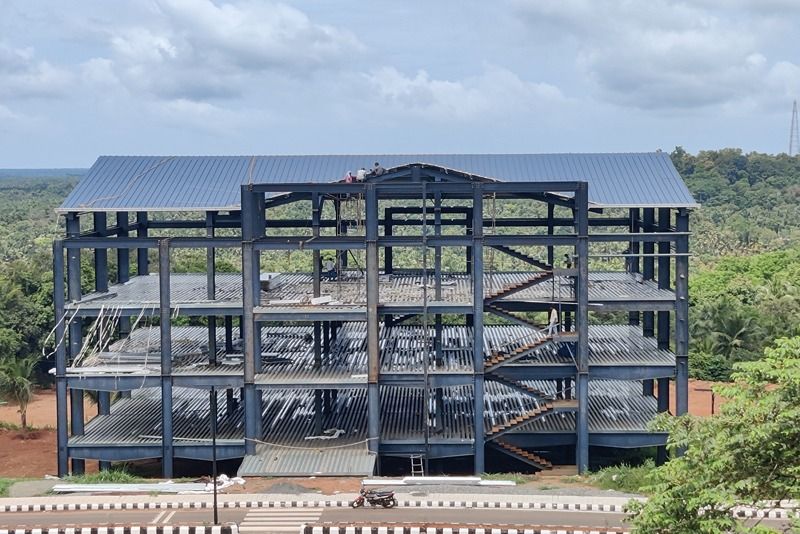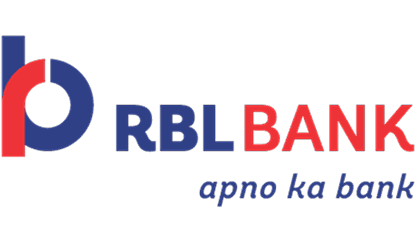In the evolving landscape of industrial construction, micro, small and medium enterprises (MSMEs) in India are increasingly seeking infrastructure solutions that are not only cost-effective but also adaptable to future needs. Pre-engineered buildings (PEBs) have emerged as a compelling choice, offering design flexibility that enables MSMEs to future-proof their operations.
Understanding design flexibility in PEBs
Design flexibility in PEBs refers to the ability to customize building structures to meet specific functional and aesthetic requirements. Unlike traditional construction methods, PEBs are fabricated off-site and assembled on-site, allowing for modifications in design without significant delays or cost overruns. This adaptability is particularly beneficial for MSMEs, which often need to scale operations or reconfigure spaces in response to market dynamics.
Key aspects of design flexibility
Modular construction - PEBs are constructed using modular components, enabling easy expansion or modification of structures. This is advantageous for MSMEs anticipating growth or diversification.
Customizable layouts - The design of PEBs allows for various layouts, accommodating different operational workflows and equipment setups. This flexibility supports efficiency and productivity.
Aesthetic versatility - PEBs can be designed with diverse architectural features, including facades, canopies, and roof styles, aligning with branding and functional needs.
Integration of technology - PEBs can be designed to incorporate modern technologies such as solar panels, HVAC systems, and smart building solutions, enhancing sustainability and operational control.
Benefits for MSMEs
Scalability - The modular nature of PEBs allows MSMEs to expand facilities as needed, supporting business growth without the need for entirely new constructions.
Cost-effectiveness - Design flexibility reduces the need for extensive renovations, saving costs associated with structural changes.
Time efficiency - Customizable designs can be implemented swiftly, reducing downtime during expansions or modifications.
Sustainability - Incorporating energy-efficient designs and materials contributes to environmental goals and can result in operational savings.
Case studies and industry insights
A study published in the International Journal of Research Publication and Reviews highlighted the efficiency of PEBs in industrial applications, noting their adaptability to various design requirements and quick assembly times.
Additionally, industry reports indicate that the adoption of PEBs among Indian MSMEs has led to improved operational flexibility and reduced construction timelines, aligning with the dynamic needs of these enterprises.
Conclusion
For MSMEs aiming to build resilient and adaptable infrastructure, PEBs offer a viable solution. Their design flexibility not only accommodates current operational needs but also positions businesses to respond effectively to future challenges and opportunities.




 +91 7208055523
+91 7208055523
 Help & support
Help & support
